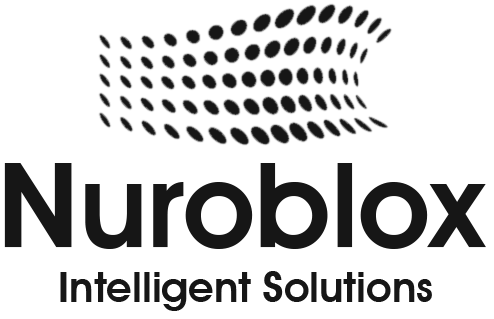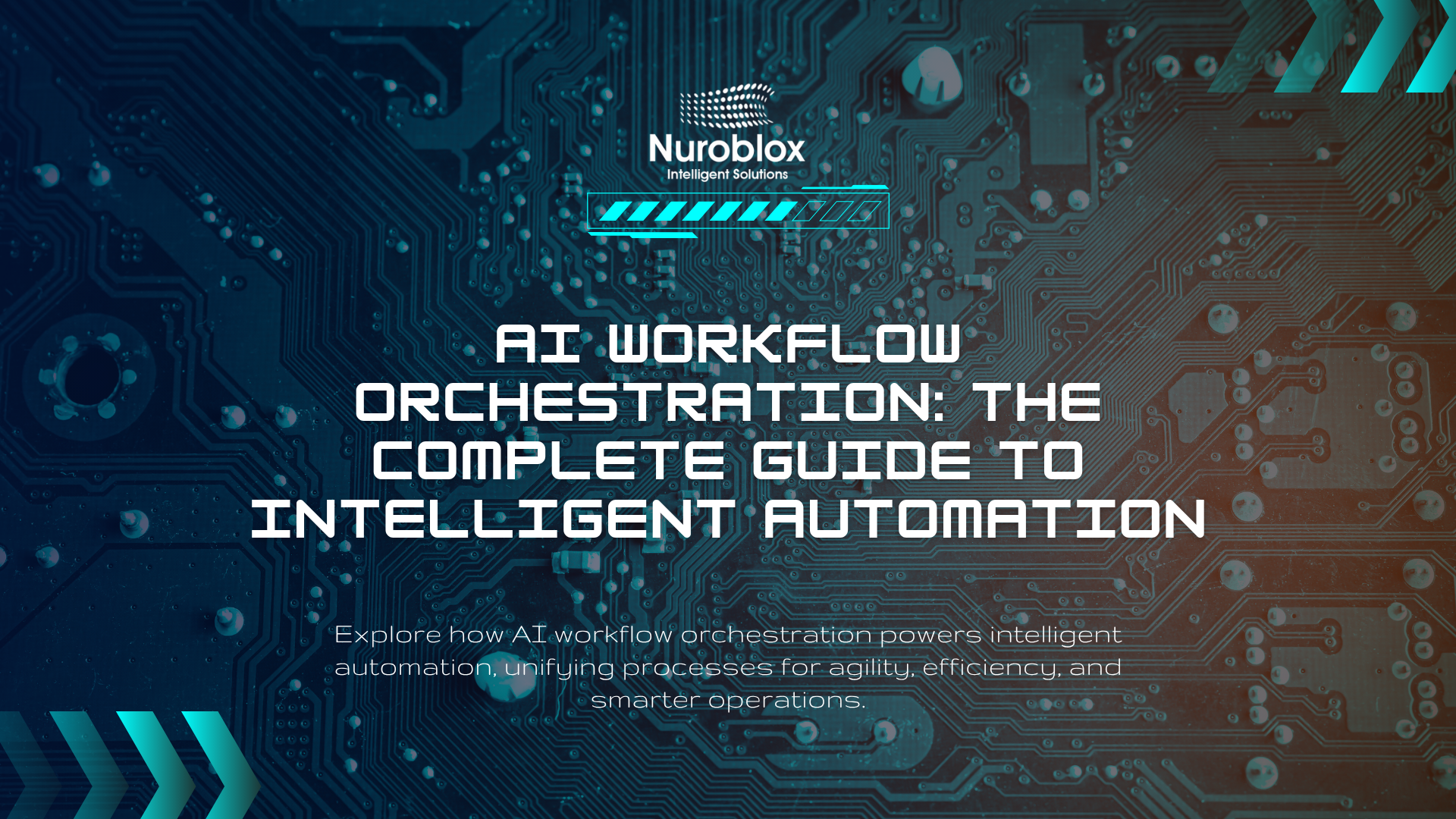AI Workflow Orchestration: The Complete Guide to Intelligent Automation
In today’s fast-paced digital landscape, organizations are drowning in manual processes, fragmented systems, and siloed data. AI workflow orchestration has emerged as a transformational solution that enables businesses to automate complex, multi-step processes with minimal human intervention. Whether you’re managing customer onboarding, financial reconciliation, or supply chain operations, understanding AI workflow orchestration could be the difference between operational excellence and costly inefficiency.
This comprehensive guide explains what AI workflow orchestration is, why your organization needs it, and how it drives measurable business value. By the end, you’ll understand how intelligent automation can streamline your operations and position your company for scalable growth in the agentic age.
What Is AI Workflow Orchestration?
AI workflow orchestration is the intelligent coordination and automation of complex business processes across multiple systems, applications, and data sources using artificial intelligence and machine learning. Unlike traditional workflow automation that follows rigid, predetermined rules, AI workflow orchestration learns from data patterns, adapts to exceptions, and optimizes processes in real-time.
At its core, orchestration brings together three critical components –
- Process automation – Eliminating repetitive manual tasks through intelligent bots and automation
- System integration – Connecting disparate applications and data sources into a unified ecosystem
- Decision intelligence – Using AI to make contextual decisions and adapt workflows dynamically
Think of workflow orchestration as a conductor directing a symphony. Each instrument (system or process) plays its part in harmony, creating a seamless end-to-end performance. In business terms, this means your entire operation runs smoothly without constant manual intervention or costly delays.
Key Differences Between Traditional Automation and AI-Powered Orchestration
Traditional business process automation follows fixed rules and linear paths. If something unexpected happens, the process fails or requires human intervention. AI workflow orchestration, by contrast, uses machine learning to understand context, predict outcomes, and adapt workflows in real-time.
Here’s how they compare –
| Aspect | Traditional Automation | AI Workflow Orchestration |
| Decision-Making | Rule-based (if-then logic) | AI-driven, context-aware |
| Adaptability | Rigid, fixed workflows | Dynamic, self-optimizing |
| Learning Capability | None | Continuous improvement |
| Exception Handling | Requires human intervention | Handled autonomously |
| Scalability | Limited to predefined scenarios | Scales to complex processes |
Why Your Organization Needs AI Workflow Orchestration
Boost Operational Efficiency and Reduce Costs
The average knowledge worker spends 40% of their time on repetitive, automatable tasks. Intelligent process automation powered by AI workflow orchestration can reclaim this time, reducing operational costs by 30-50% while increasing throughput. By automating end-to-end processes, organizations can eliminate bottlenecks, reduce error rates, and accelerate cycle times dramatically.
For example, a financial services company using AI orchestration for loan approval can reduce processing time from 5 days to 24 hours, while cutting manual review steps by 70%. This isn’t just efficiency, it’s competitive advantage.
Enhance Customer Experience and Speed to Market
Speed matters in customer experience. AI automation solutions enable organizations to respond faster to customer requests, process transactions instantly, and deliver personalized interactions at scale. When workflows are orchestrated intelligently, customers experience frictionless journeys rather than frustrating delays.
E-commerce platforms using intelligent orchestration can process orders, verify inventory, initiate fulfillment, and send notifications automatically; all within minutes. The result? Higher customer satisfaction and increased lifetime value.
Unlock Better Decision-Making with Process Intelligence
Process orchestration systems generate detailed insights into how work flows through your organization. This data transparency reveals bottlenecks, inefficiencies, and optimization opportunities that would otherwise remain hidden. Machine learning models identify patterns and recommend process improvements continuously.
Organizations gain visibility into –
- Which processes are consuming the most resources
- Where errors are most likely to occur
- Opportunities to consolidate or eliminate redundant steps
- Predictive indicators of process failures
Achieve Scalability Without Proportional Cost Increases
Growth typically demands proportional increases in headcount and infrastructure. Enterprise automation powered by orchestration breaks this equation. As transaction volumes increase, intelligent systems handle the load without requiring additional manual resources.
A healthcare provider using intelligent automation for patient intake can process 10x more patients without hiring additional staff. This scalability enables businesses to grow faster and more profitably.
Reduce Errors and Improve Compliance
Human error is expensive and risky, especially in regulated industries. Intelligent automation eliminates manual touchpoints where mistakes occur, dramatically reducing error rates. Additionally, orchestrated workflows create complete audit trails, simplifying compliance with regulatory requirements.
Financial institutions using AI orchestration for transaction processing report 95%+ error elimination and full regulatory compliance documentation generated automatically.
Common Use Cases for AI Workflow Orchestration
Customer Onboarding
From identity verification to account setup, AI automation solutions streamline onboarding workflows. Intelligent systems validate documentation, cross-reference databases, detect fraud, and provision accounts automatically converting days of processing into minutes.
Invoice and Payment Processing
Digital process automation powered by orchestration extracts invoice data, matches it against purchase orders, flags exceptions, and processes payments; all without human intervention. This reduces processing time by 80% and virtually eliminates errors.
Supply Chain and Inventory Management
Process orchestration coordinates multiple systems tracking inventory, forecasting demand, managing orders, and coordinating logistics. Real-time visibility and automated decisions optimize stock levels and reduce fulfillment times.
Loan and Credit Processing
Financial institutions use intelligent process automation to evaluate applications, verify credit, assess risk, and issue approvals in real-time. What once took days now happens in minutes.
HR and Employee Onboarding
From posting positions to provisioning technology assets, workflow orchestration automates recruitment workflows, streamlining hiring and reducing time-to-productivity significantly.
The Business Impact – Measurable Results
Organizations implementing AI workflow orchestration report compelling outcomes –
- 30-50% cost reduction in process execution
- 60-80% faster cycle times
- 95%+ accuracy in automated decisions
- 40% productivity increase for freed-up employees
- 2-3 year ROI on orchestration platform investments
These aren’t theoretical benefits, they’re real outcomes achieved by early adopters across finance, healthcare, retail, and manufacturing sectors.
Getting Started with AI Workflow Orchestration
Step 1 – Identify High-Impact Processes
Start by mapping current state processes and identifying those consuming the most resources, making the most errors, or causing customer friction. Prioritize processes with clear ROI potential.
Step 2 – Choose the Right Orchestration Platform
Select a platform offering –
- Low-code/no-code design capabilities for faster deployment
- AI and machine learning capabilities built-in
- Seamless integration with existing systems
- Strong security and compliance features
- Scalability to handle future growth
Step 3 – Design Intelligent Workflows
Work with stakeholders to design workflows that incorporate intelligent decision-making, exception handling, and continuous optimization capabilities. Leverage templates and best practices to accelerate implementation.
Step 4 – Implement and Monitor
Deploy incrementally, starting with pilot processes. Establish monitoring dashboards to track performance, accuracy, and cost impact. Use analytics to identify optimization opportunities continuously.
Step 5 – Scale and Optimize
Once pilots prove successful, expand orchestration across related processes. Use machine learning insights to continuously refine and optimize workflows for better outcomes.

The convergence of AI, process mining, and orchestration technologies is reshaping how organizations operate. Forward-looking companies are moving toward what McKinsey calls “the agentic organization,” where AI agents collaborate with humans to create value at scale.
The next generation of AI automation solutions will feature –
- Autonomous agents that can discover, design, and optimize workflows independently
- Predictive orchestration that anticipates process failures and self-corrects
- Cross-enterprise orchestration connecting workflows across partner ecosystems
- Real-time personalization of processes based on individual context and preferences
Organizations that invest in orchestration capabilities today will be positioned to capitalize on these emerging opportunities tomorrow.
Conclusion – Transform Your Operations with AI Workflow Orchestration
AI workflow orchestration is no longer a nice-to-have capability, it’s becoming essential for competitive advantage. By intelligently coordinating your business processes, integrating disparate systems, and empowering AI-driven decision-making, your organization can dramatically improve efficiency, accelerate time-to-market, and unlock new growth opportunities.
The question isn’t whether to implement AI workflow orchestration, but when. Early adopters are capturing significant competitive advantages, while laggards risk falling behind as automation becomes industry standard. Start identifying high-impact use cases today, and position your organization for success in the intelligent automation era.
Ready to explore how AI workflow orchestration can transform your business? Evaluate platforms offering enterprise automation capabilities with built-in AI intelligence, seamless integration, and proven results across your industry.


